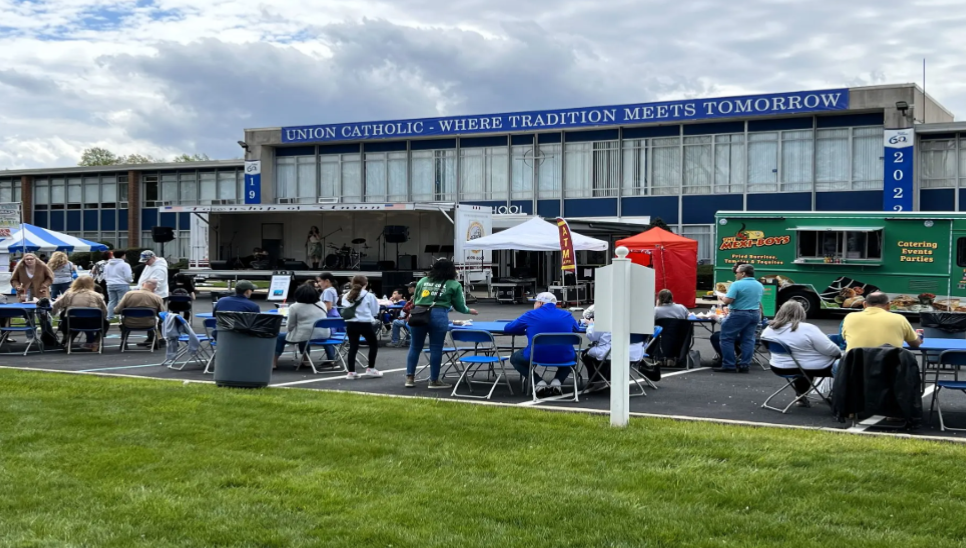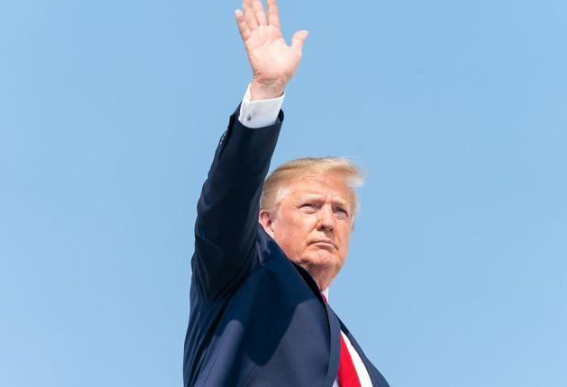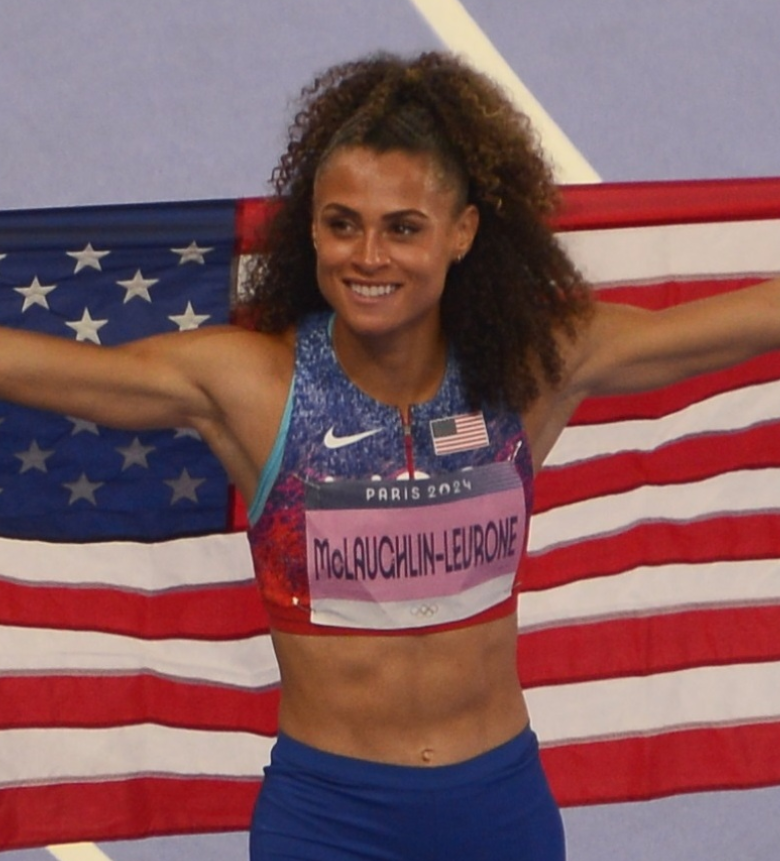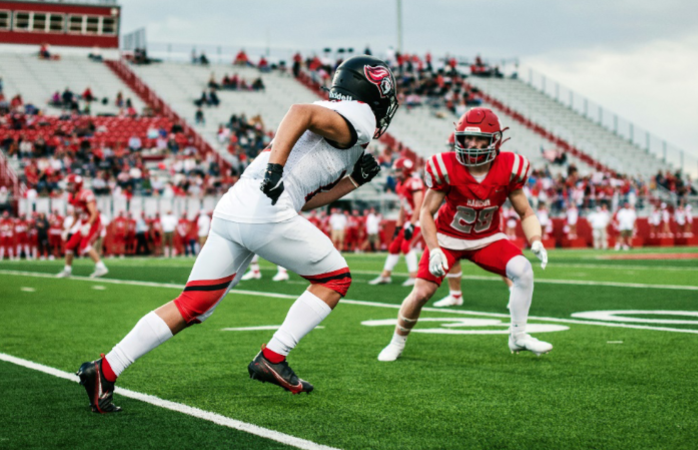Voting Inaccessibility for Citizens with Disabilities
May 8, 2023
One challenge people with disabilities in the U.S. have historically faced is lack of voter accessibility. As citizens of this country entitled to their right to vote, people with disabilities should expect access to exercise said right. However, there have been many barriers that restrict people’s access to polling stations, and most that face the brunt of that frustration have been people with disabilities who are physically unable to reach these sites. The great tragedy of this restriction has been a loss in political voice amongst the disabled community as many have been unable to vote for the issues that directly impact them.
2020 saw more than 11% of voters with disabilities report challenges when trying to cast a ballot, and many more cases have gone unreported (Dimmick, Aksoz). Many had thought voting was slowly becoming more accessible amidst pandemic times, but many anti-voter measures have since been passed that have made voting more difficult for certain communities. Such measures include restricting absentee voting and getting rid of Election Day registration, primarily in southern states (Dimmick, Aksoz).
The Americans with Disabilities Act as well as the Voting Rights Act both set a framework to provide accessibility in voting centers, including requiring polling stations to be fully accessible to voters with disabilities and permitting said voters to have in-person aid at the polls. Despite that, many voters have reported violations to these federal laws. Kathy Hoell, a Nebraskan citizen with a brain injury and wheelchair, has shared stories of being led to stairs she could not use or reaching accessible voting machines that had not been turned on for her and were rendered unusable to her at the time–thus making her feel like a second-class citizen (Vasilogambros). She is not alone in these struggles and the potential for more problems exist as jurisdictions revert to paper ballots that are difficult for voters with disabilities to mark without help (Vasilogambros). Many of the accessible voting machines Hoell was referring to are often intentionally powered off as poll workers feel less comfortable using said machinery or find it to be a hassle.
The message these barriers to voting for people with disabilities send is an unwelcoming one. Many voters have become disillusioned and abandoned hopes of successfully casting their votes. The intrinsic problems tied to this issue include lack of representation in government, little visibility of disability-related issues in politics, and abandonment by political figures who don’t see the benefits of encouraging the disabled community to get out and vote because they know they can’t due to many unchanging physical restraints that make them inactive voters.
For voters with disabilities who plan to vote during upcoming election cycles, it is advisable to register early, request an absentee ballot, and follow voting protocol to do everything possible to not get a ballot rejected. Use a ballot tracker to see if a ballot has been counted or rejected and keep up with deadlines. At in-person voting centers, know your rights and do not be afraid of seeking help. Have your voice heard and help make the changes you want to see that can improve unfortunate situations like these.
Works Cited
Brian Dimmick, Aaron Madrid Aksoz. “Voting with a Disability: Breaking down Barriers to the Ballot: ACLU.” American Civil Liberties Union, 24 Feb. 2023, https://www.aclu.org/news/voting-rights/voting-with-a-disability.
Vasilogambros, Matt. “How Voters with Disabilities Are Blocked from the Ballot Box.” The Pew Charitable Trusts, The Pew Charitable Trusts, 1 Feb. 2018, https://www.pewtrusts.org/en/research-and-analysis/blogs/stateline/2018/02/01/how-voters-with-disabilities-are-blocked-from-the-ballot-box.




















